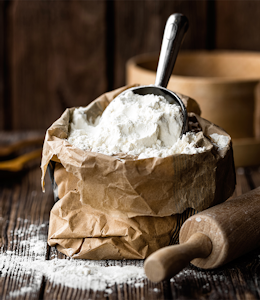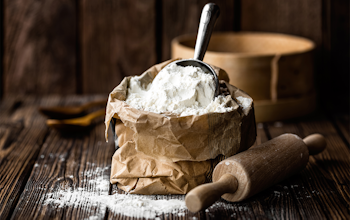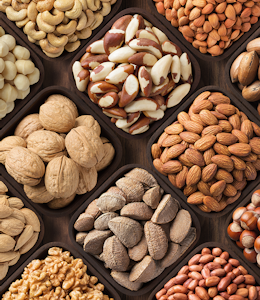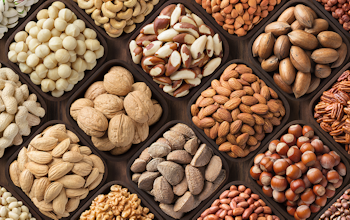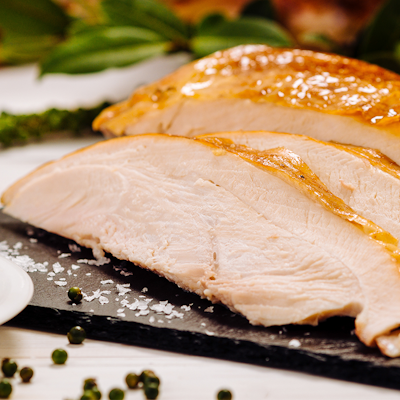Allergen Deep Dive: Soya
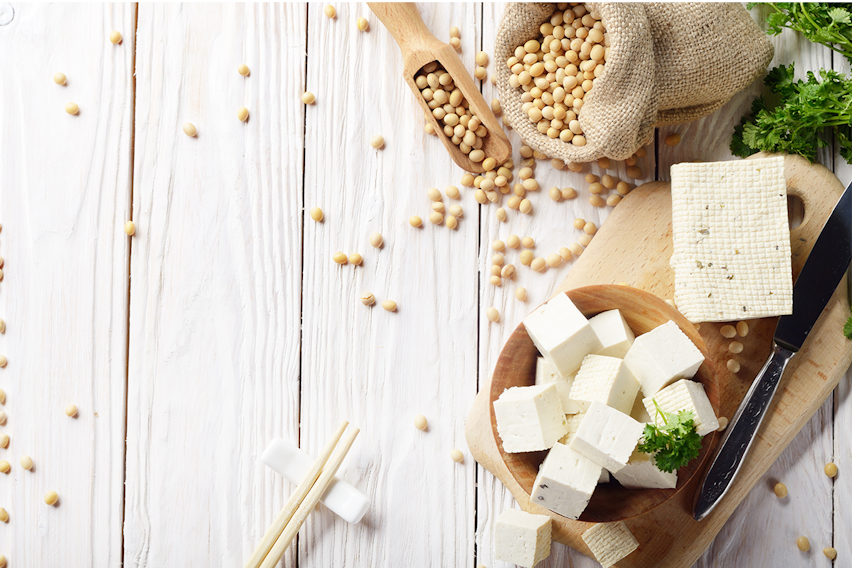
Soya is a vegan and vegetarian hero, as well as a staple of East Asian cooking and a popular milk alternative. It’s also one of the 14 major food allergens, and can cause fatal anaphylaxis if a reaction is triggered.
So, read on to find everything you need to know about a Soya allergy, including the foods you need to watch out for and what the symptoms look like...
What is Soya?
Soya is a bean belonging to the legume family (other legumes include peanuts, peas, chickpeas, liquorice and carob).
Immature soybeans are known as edamame beans, which are often served whole and pressed out the shell to eat. Mature soybeans can also be made into oil and flour or eaten as whole beans.
Soya is also used in cooking and food production as an emulsifier, a protein filler and to add texture. It is also used to make the food tofu, which is made by soaking soybeans in water before crushing and boiling.
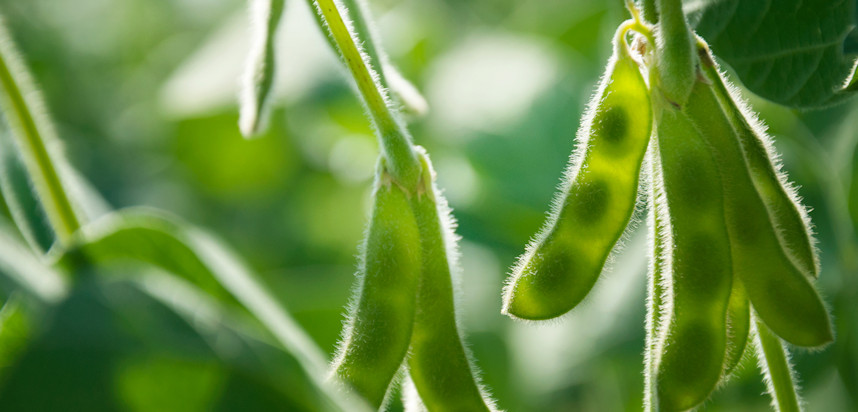
Can you be allergic to Soya?
Yes you can be allergic to soya.
Soya is one of the 14 major food allergens, and therefore one of the most common sources of food allergies.
Although Soya is a legume, an allergy to Soya does not necessarily mean you will also be allergic to other legumes such as peanuts - in fact showing a symptomatic reaction to more one than legume is unusual.
You are more likely to suffer an allergy to Soya (and other common allergens) if you suffer from hayfever, eczema or asthma (and other respiratory conditions).
What is a Soya allergy?
An allergy to Soya will trigger a negative reaction from a person’s immune system when Soya is consumed. In the worst cases this can result in fatal anaphylaxis. In the case of a Soya allergy the body identifies various soy proteins as harmful and triggers the production of certain antibodies and histamines.
A Soya allergy usually presents itself in infancy (there are several soya-based formula products), with most but not all sufferers outgrowing the allergy before adulthood.
An allergy is different to an intolerance, with the former affecting the immune system and an intolerance not affecting the immune system. A sensitivity to a substance means that its effects (such as caffeine being a stimulant) are felt more keenly than usual.
Those with a Soya allergy may be able to ingest highly refined soy oil, as it doesn’t contain soy proteins. However, precautions should be observed.
What is a Soya intolerance?
An intolerance to a food or drink is different to an allergy because it does not affect the immune system. It prompts a negative reaction from other areas of the body - very often the digestive system. You do not hear about Soya intolerances as much as intolerances to dairy or Cereals containing Gluten, but they do exist.
It’s important to understand that allergies and intolerances can share symptoms but only an allergy can trigger anaphylaxis, so getting the correct diagnosis and medication is critical.
What food and drinks do you find Soya in?
Soya can be commonly found in the following foods:
- Tofu
- Edamame beans
- Bean curd (this is made from curdled soy milk)
- Miso
- Miso pate
- Textured soya protein
- Soya flour
- Soy sauce
- Soy oil
- Sauces such as Teryaki and Tamari
- Bean sprouts
- Canned tuna
- Surimi
- Artificial flavourings
- Vegetable gum and starch
- Hydrolyzed plant protein
- Hydrolyzed vegetable protein (HVP)
Soya is a key ingredient in much Oriental cooking (for example Japanese, Chinese and Thai cuisine). It is also a common meat substitute and therefore used in many Vegan and Vegetarian dishes.
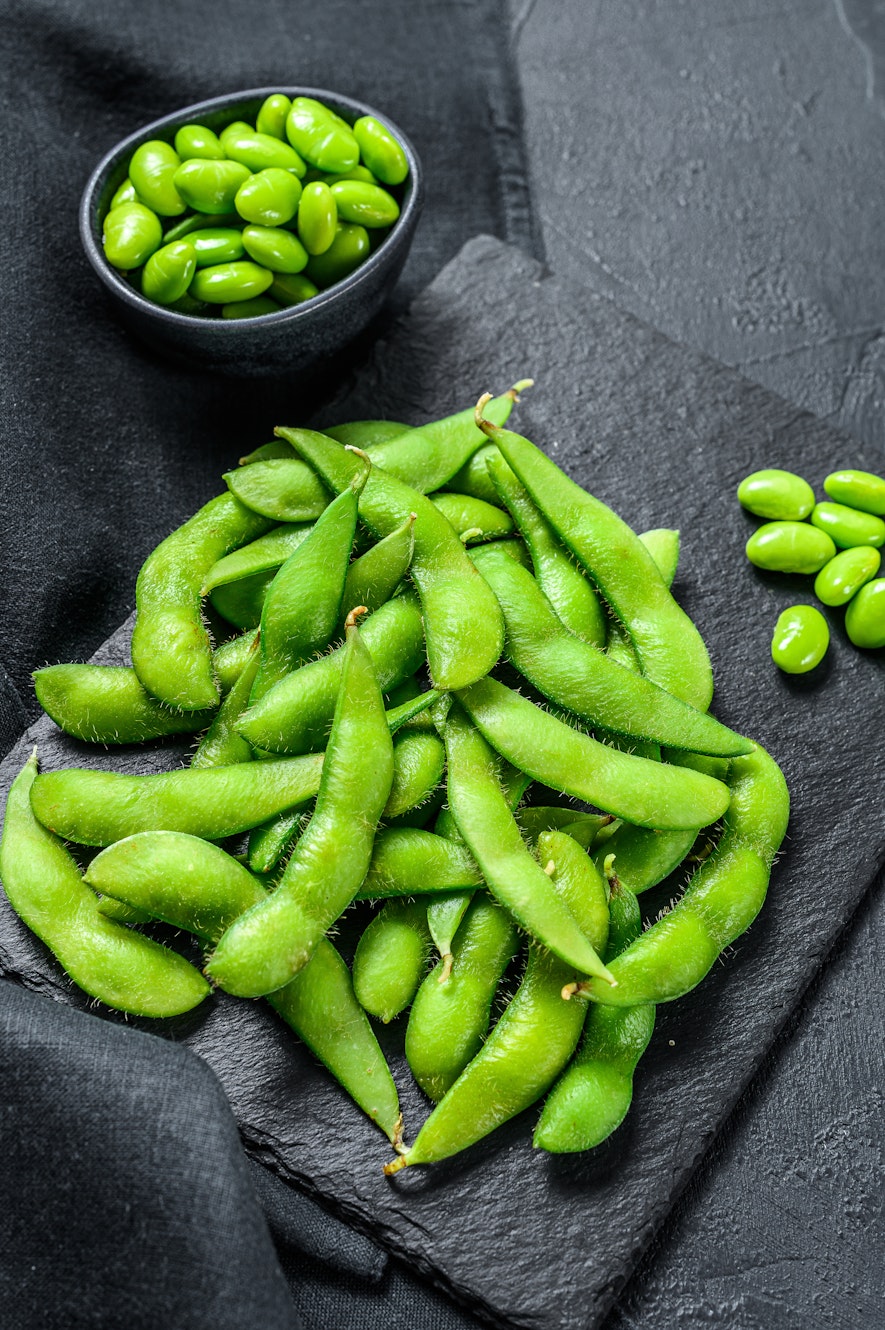
What are surprising foods that contain Soya?
Soya is a hidden ingredient in many foods. Here are some of the products that might unexpectedly contain Soya.
- Bread crumbs
- Cereals and crackers
- Breaded foods
- Hamburger meat with soy protein fillers
- Margarine
- Mayonnaise
- Infant formula and formula
- Eggs (chicken feed often contains soy)
- Nutrition supplements for toddlers and children
- Meal replacements
- Tempeh
- Canned broth and soup
- Canned tuna and meat
- High-protein energy bars
- Low-fat peanut butter
- Vegetable oil
- Chicken broth
- Chocolate
- Sausages and hot dogs made with soy protein fillers
- Smoothies
- Lip balm
- Soaps and shampoos
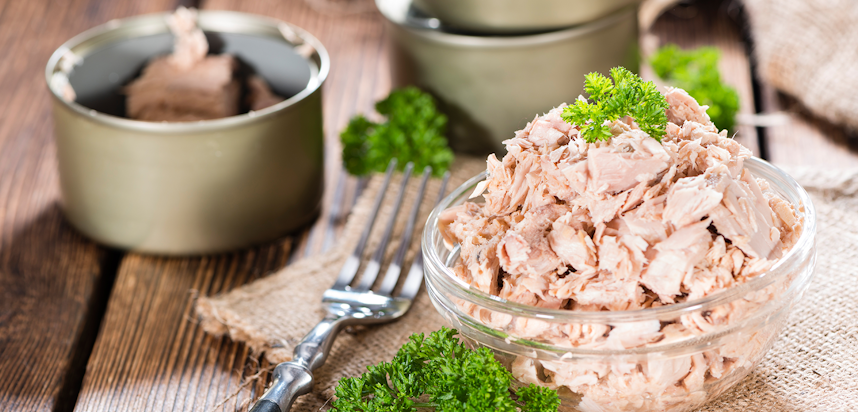
What’s another name for Soya?
Soya can be listed under many names on an ingredients list. Here are some to look out for:
- Soy flour
- Soya Milk
- Soya nuts
- Bean curd
- Edamame (soybeans in pods)
- Hydrolyzed soy protein
- Kinnoko flour
- Kyodofu (freeze dried tofu)
- Miso
- Natto
- Okara (soy pulp)
- Shoyu sauce
- Soy albumin
- Soy concentrate
- Soy fibre
- Soy formula
- Soy grits
- Soy milk
- Soy miso
- Soy nuts
- Soy nut butter
- Soy protein
- Soy protein concentrate
- Soy protein isolate
- Soy sauce
- Soy sprouts
- Soya
- Soya flour
- Soybeans
- Soybean granules
- Soybean curd
- Soybean flour
- Soy lecithin
- Soybean paste
- Supro
- Tamari
- Tempeh
- Teriyaki sauce
- Textured soy flour (TSF)
- Textured soy protein (TSP)
- Textured vegetable protein (TVP)
- Tofu
- Yakidofu
- Yuba (bean curd)
- Soy oil
- Soybean
- Textured vegetable protein
- Edamame
- Bean curd
- Vegetable starch
- Vegetable gum
What does an allergic reaction to Soya look like?
Soya allergy symptoms usually appear within an hour of eating or coming into contact with the allergen. These symptoms include:
- Red, itchy rash (either raised or not raised)
- Dizziness
- Vomiting and nausea
- Mouth itching or tingling
- Hives
- Shortness of breath and/or wheezing
- Sneezing
- Diarrhoea
- Face, mouth and/or throat swelling
- Abdominal pain
- Difficulty swallowing
- Wheezing
An allergic reaction may also result in anaphylaxis. This can be fatal, and the symptoms include
- Difficulty breathing
- Faintness and dizziness
- Swollen tongue and issues with speaking or swallowing
- Tight chest
- Collapsing and losing consciousness
If a person experiences anaphylaxis an ambulance must be called.
How do you treat a Soya allergy?
A Soya allergy is best treated by checking ingredients and avoiding foods and drinks that contain Soya or any of its derivatives.
If a mild reaction is suffered, antihistamines may help.
If an anaphylactic reaction occurs an AAI should be administered and 999 called.
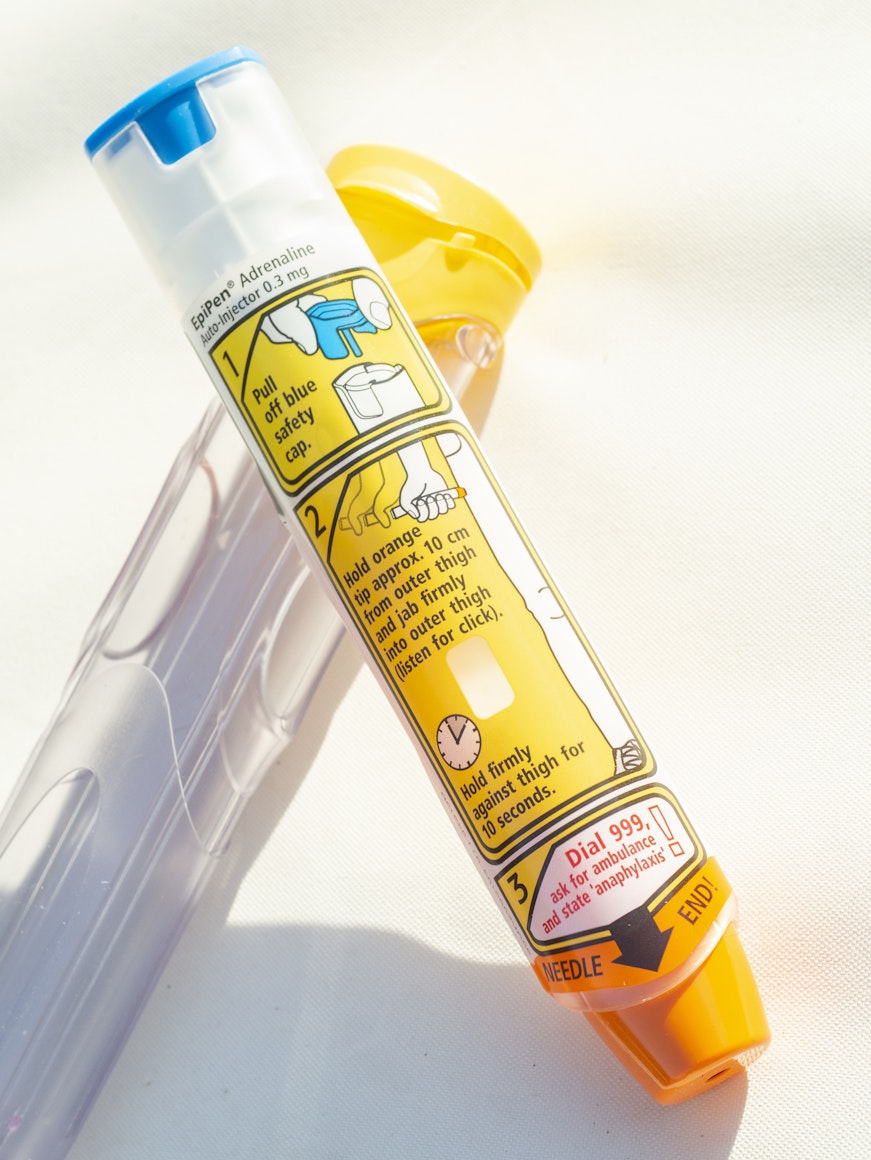
How can I avoid Soya?
Soya is a main ingredient in a lot of East Asian cooking (such as Japanese, Chinese, Thai and Vietnamese), and those with a Soya allergy should be very careful in restaurants specialising in those cuisines. It is important to note that not only may Soya be present in the dishes, but the risk of cross-contamination means that care should also be taken with cutlery, menus and dishware.
Vegans and vegetarians with a Soya allergy need to be extra-vigilant when it comes to checking what is in their food, as foods such as tofu are used frequently as a substitute for meat, and soy milk is one of the most popular alternatives to cow milk in drinks such as coffee and milkshakes.

What’s an alternative for Soya?
When using soy milk as a non-dairy alternative to animal milk, almond milk, rice milk and oat milk are all good substitutes.
Green peas can stand in for edamame beans in most dishes, coconut aminos can replace soy sauce, and seitan or polenta can replace tofu.
Solid coconut cream can be used instead of Soya in some dishes and chickpea flour can provide an alternative to soya flour or tofu. Chickpea flour is also gluten-free.
Is Soya one of the 14 major food allergens?
Soya is one of the 14 major food allergens. This means that pre-packed food sold in the UK, and the rest of the European Union, must clearly indicate on the label if it contains Soya.
The other major food allergens are
- Celery
- Cereals containing Gluten
- Crustaceans
- Eggs
- Fish
- Lupin
- Milk
- Molluscs
- Mustard
- Nuts (Tree Nuts)
- Peanuts
- Sesame
- Sulphur Dioxide
For more information on the 14 allergens visit our Food Allergens page.
You may also be interested in…


You may also be interested in…
